Should You Test with TRL or 4S Rubber?
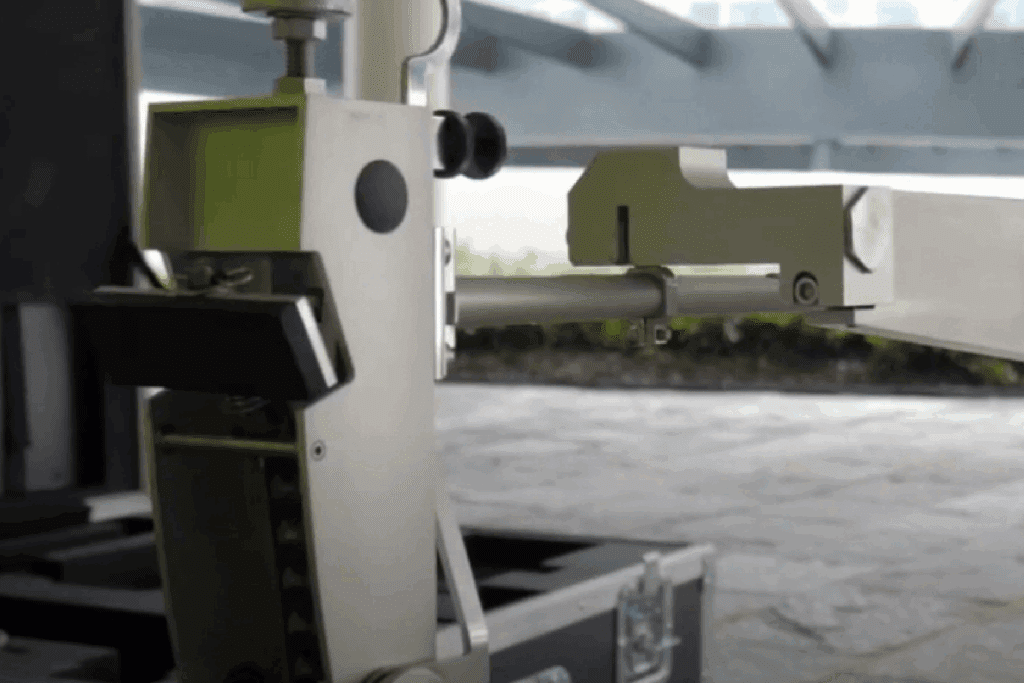
Not all slip tests are equal – the slider you choose changes the result. AS 4586–2013 wet pendulum testing uses 4S rubber for general footwear and TRL rubber for barefoot or soft sole zones. A P4 with 4S might drop to P2 with TRL. Choosing the right slider is critical for valid, compliant results.
Sample Prep 101: What We Need – and What to Avoid

Sample quality drives valid AS 4586–2013 results. Send a minimum 200 × 200 mm tile per finish, clearly labeled and packed flat on a rigid backing so it can’t move or break in transit. Disclose any seals or coatings and note slider preferences (Slider 96/4S, Slider 55/TRL). Our Sample Prep Checklist prevents delays and protects your data.
How to Certify a Product Line: Don’t Stop at One Tile

Certifying one tile finish doesn’t cover the rest of the range. Under AS 4586–2013, gloss, matt, honed, or sealed tiles may all deliver different slip ratings. Zerofal helps structure bundled tests so each finish is properly certified—protecting your brand and giving specifiers confidence.
Technical Insight – What Certifiers Look for in a Lab Test Report
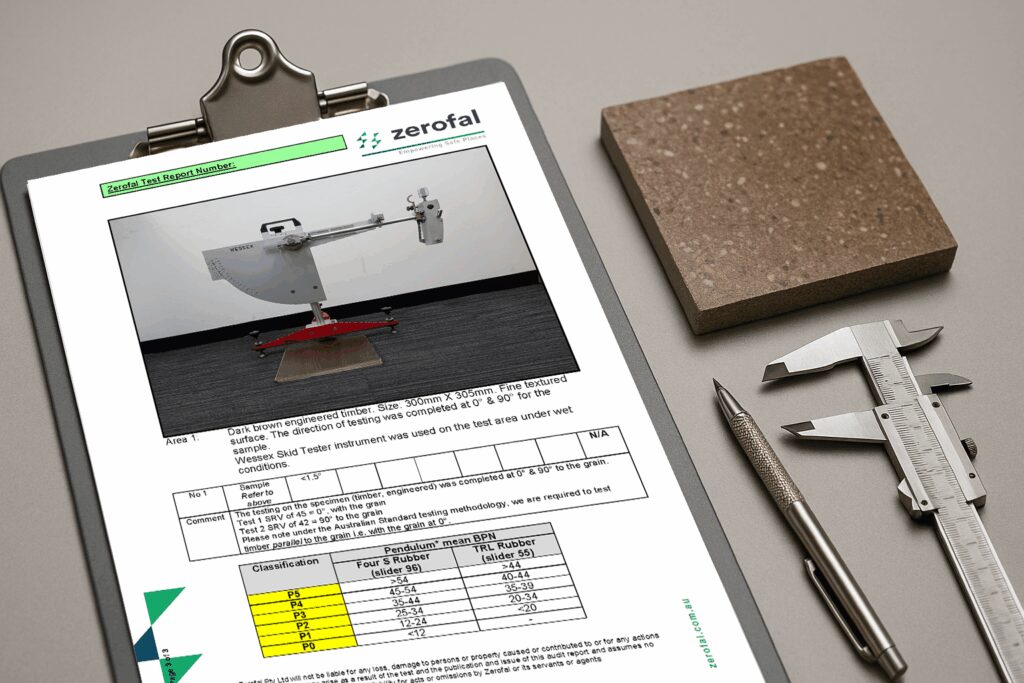
Certifiers look for specific details in an AS 4586:2013 slip test report—standard references, NATA traceability, slider type, and finish condition. This guide outlines what’s required and why it matters for compliance and approvals.
One Product, Two Results: How Coatings Can Change Your P-Rating
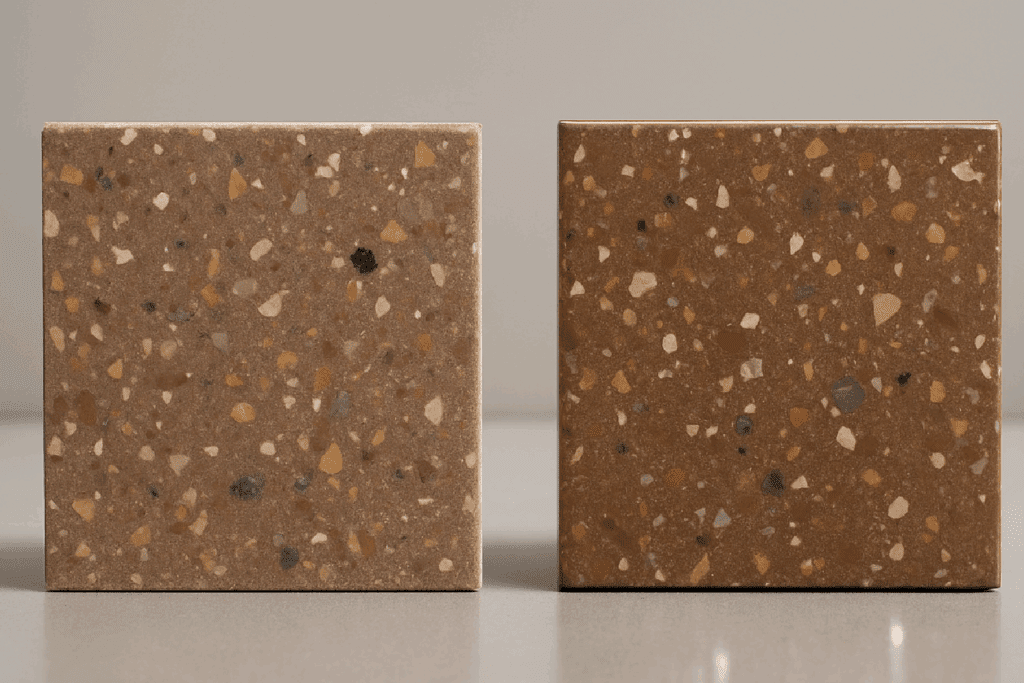
Coatings can shift slip resistance by one or more P-ratings. This article explains why surfaces must be tested in their final, treated condition under AS 4586:2013—and what builders and suppliers must do to remain compliant.
AS 4586-2013 Explained: Understanding P and D Ratings
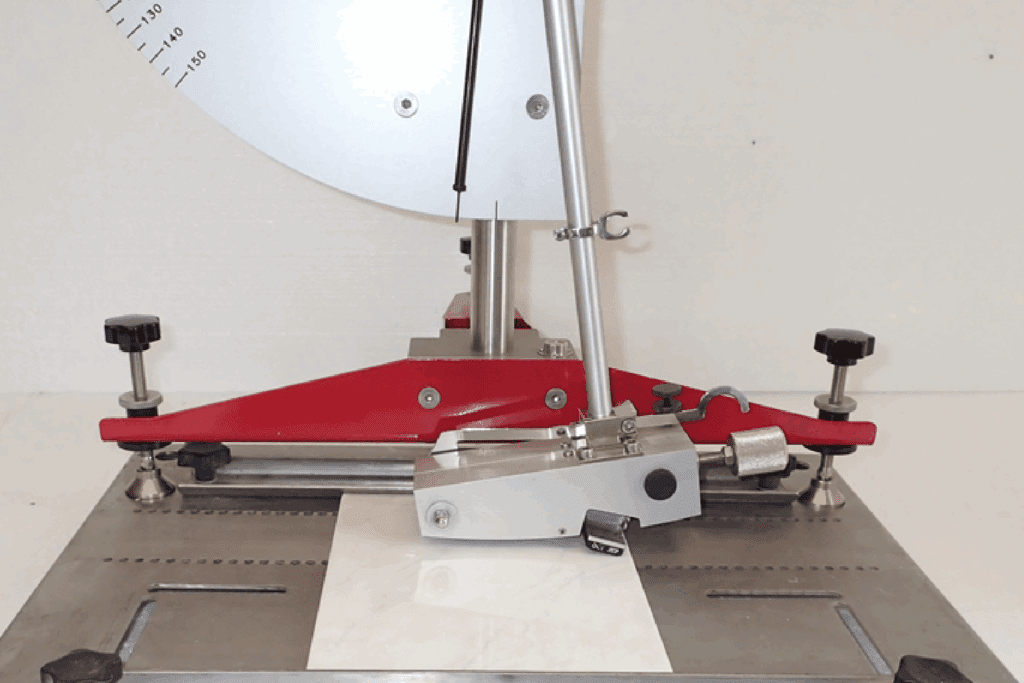
P and D ratings under AS 4586:2013 define how a surface performs under wet or dry conditions. This guide explains the testing methods, classification scales, and how to ensure your product or floor is compliant before installation.
Retail Floors: The High-Risk Zones You’re Overlooking
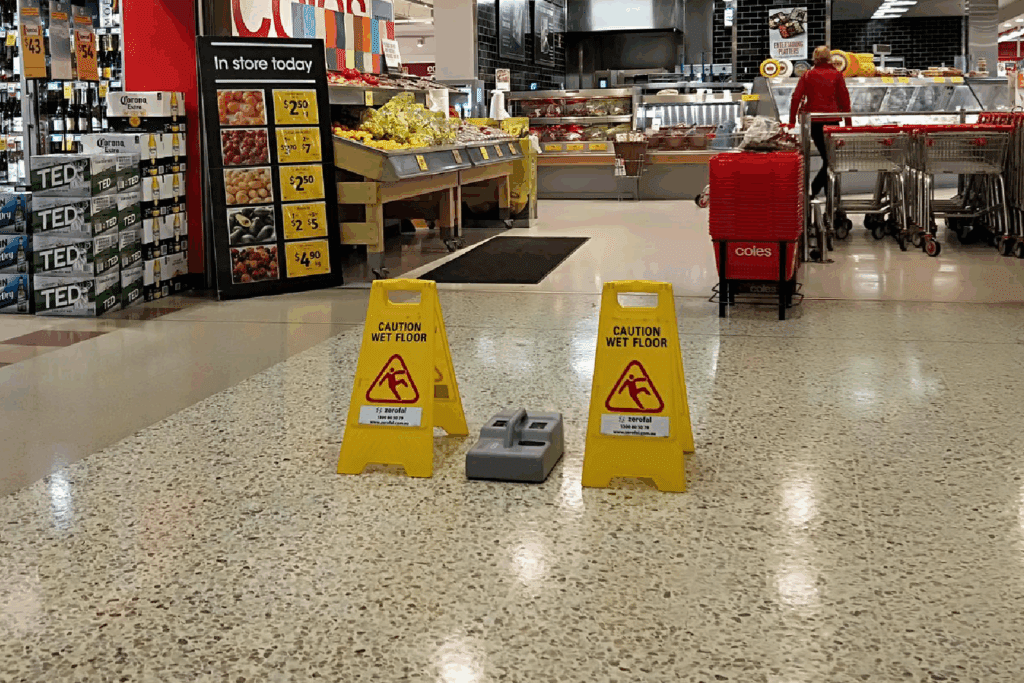
Retail floors often look clean and polished—but that doesn’t mean they’re compliant. Entry tiles, produce aisles, and checkouts are frequent failure zones under AS 4663:2013. This article explains where retail slip risks occur, what HB198:2014 requires, and how to test against real-world conditions.
Can You Fail a Slip Test? Yes — Here’s Why
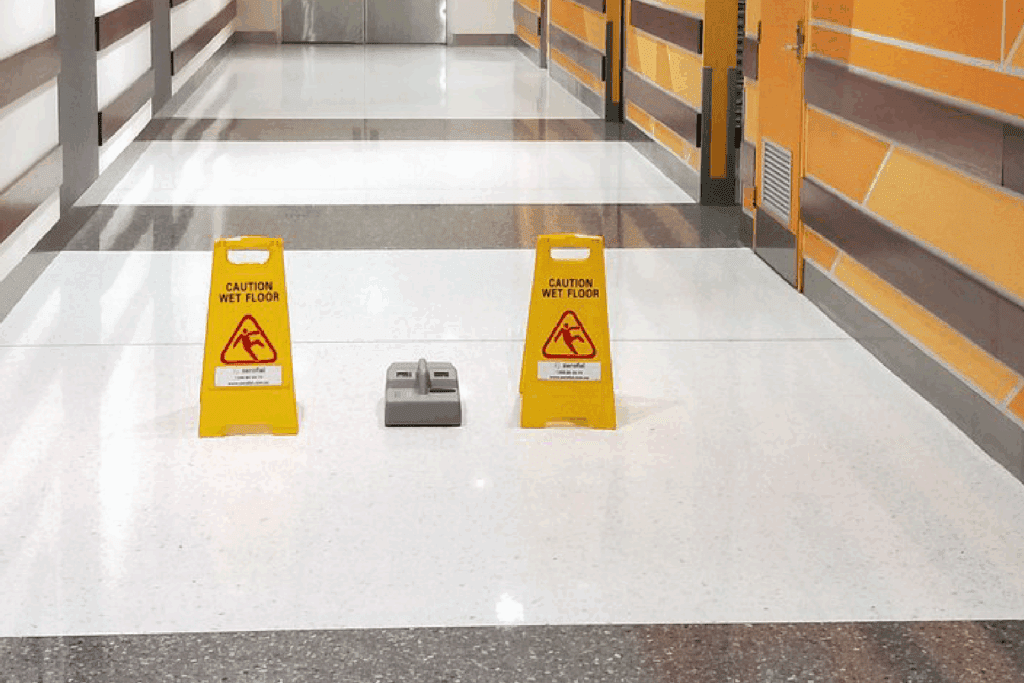
Surfaces can and do fail slip resistance tests—both in lab and onsite. Whether it’s a new tile rated under AS 4586:2013 or a worn floor checked to AS 4663:2013, results often fall short of what’s needed. This article explains why failure occurs, what happens next, and how to stay compliant.
National Courier Service for Lab Test Samples

Sending samples for slip testing just got easier. Zerofal now offers a national courier service—freight is organised for you, with costs billed directly on your invoice.
What Actually Happens in a Slip Test Lab?

What really happens behind the scenes of a slip test? We walk you through the lab process – from sample prep to pendulum results and certification.
